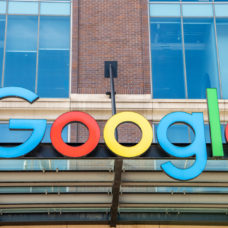Thousands of “candidate” posts appear on your LinkedIn feed all the time.
These content go through various processes to emerge as the top feeds. It begins with a first-pass, candidate generation layer, where LinkedIn uses a lightweight ranking algorithm to select the top posts.
Next, the platform must figure out how to rank the top candidates in individual users’ feed.
For this part, LinkedIn considers various factors such as Reacts, Comments, and Shares — collectively called “viral actions.” Depending on the action, these factors can have a downstream or upstream effect.
For example, re-sharing a post will create a downstream effect. This implies that the connections of the individual who re-shared the post will also end up seeing it.
Meanwhile, commenting on a post has an upstream effect. That means it’ll be more prominent in the feeds of users connected to the post’s author.
Unfortunately, an algorithm that relies on predicting clicks and viral actions is far from perfect.
For one, clicks and viral actions are binary indicators of engagement, meaning that users either act or don’t. Also, viral actions can be rare, especially for passive consumers in the feed.
That’s where Dwell Time comes in.
According to LinkedIn executives:
“To compensate for some of these shortcomings, we looked at aggregated per-update dwell time to see if it could help us better improve feed ranking.”
So, how does it work?
Using Dwell Time to Improve LinkedIn Feed Ranking
LinkedIn’s engineers conducted a series of tests to determine whether dwell time can reliably predict whether a user will engage with a post. As it turns out, it can.
According to LinkedIn, users tend to spend more time viewing the updates that they intend to take a viral action on. So, building dwell time into the algorithm increases the likelihood of seeing these engaging posts.
As you may have guessed, the update completely changes how marketers create content for the LinkedIn audience.
For a post to be useful, it must capture people’s attention. Now, you have to be able to craft content that’ll hold that attention for an extended period.
Posts that get the most likes, comments, and shares will no longer be the most successful. Instead, it’ll be the content that people spend their time reading.



















Comments (0)
Least Recent